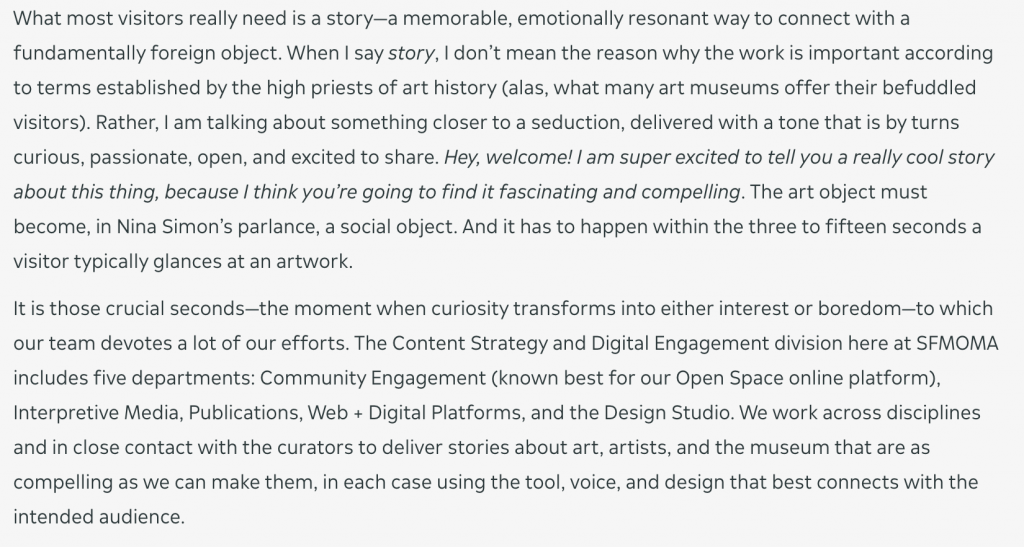Access to our project work can be found here!
Our project work is slowly coming together. Unlike our last assignment where we basically just dumped everything in Korsakow, we gave a little more thought into designing the interface and also how the different SNUs transit from one another.
We decided to keep the production side of things simple, a GoPro for our first perspective, a Canon EOS 70D for our second and third perspective, and a Zoom H4N sound record to record any ambient sounds for our second and third perspective. Except for the second perspective for our Home scenario, the rest were shot with the environment lighting. (Ie. Classroom/Alley lighting)
As for the second perspective, at home, I was trying to reconstruct a shot I thought looked really cool from a Paramore music video for one of their songs, “Told You So”. Hence, the need to hire an extra LED lite panel, and since it was shot at my place, we had full control of the lighting conditions, movement of objects, and basically trying to reconstruct the scene. Of course we were unable to remake the shot to 100%, but I think we did a fairly good job considering non of us had very little lighting knowledge, it was done by trial and error. 
Below is a test shoot before our actual shoot, where I spent most of the time playing around with the position of the light, as well as trying to get the “water effect” shone on the water/our subject’s face. All these were done prior to the actual shoot to save everybody’s time, instead of figuring out where to put the lights, we could spend more time trying different shots, camera angles or doing different takes.








Recent Comments